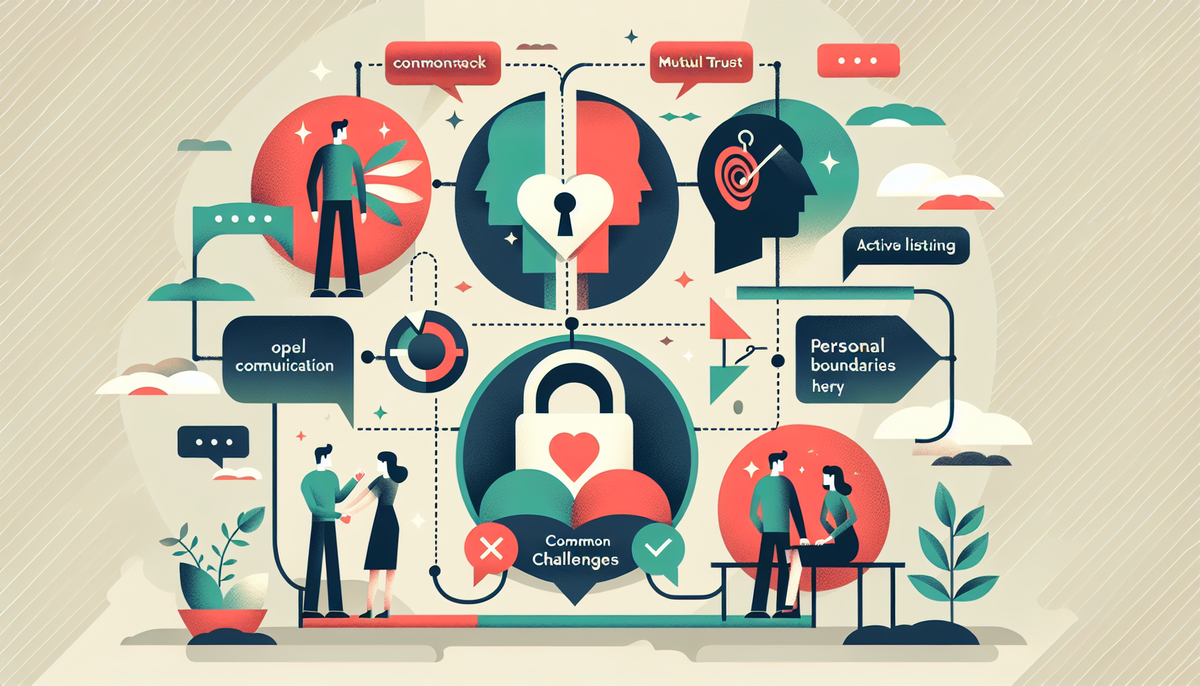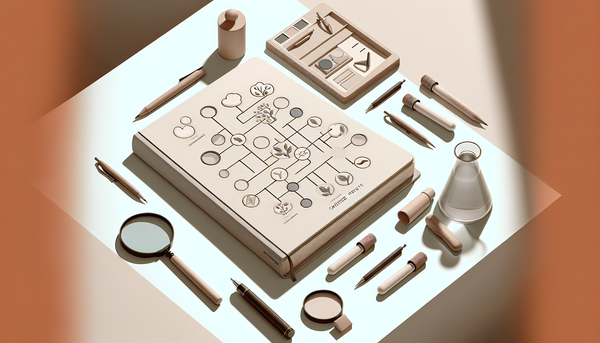How to Build a Healthy Relationship from Day One

How to Build a Healthy Relationship from Day One
Building a healthy, lasting relationship starts long before the first major milestone. It begins with the intentions and habits you establish from the very first day. By focusing on key pillars like communication, trust, and boundaries, you can create a strong foundation for a partnership that can weather any storm. This guide, optimized with SEO best practices for the Ghost CMS platform, provides actionable dating advice and relationship tips to help you build that connection from the start.
The First Pillar: Open and Honest Communication
Effective communication is the lifeblood of any healthy relationship. It’s not just about talking; it’s about connecting and understanding. From day one, make it a priority to establish a safe space where both partners feel heard and valued.
Practice Active Listening
Active listening is the art of fully concentrating on what is being said rather than just passively ‘hearing’ the words. When your partner is talking, put away distractions, make eye contact, and listen to understand, not just to reply. Acknowledge their points and ask clarifying questions to show you are engaged. This simple act fosters empathy and validation, making your partner feel respected.
Express Your Needs and Feelings Clearly
Your partner is not a mind reader. To avoid resentment and misunderstandings, it’s crucial to express your needs, feelings, and expectations openly. Use "I" statements to convey your perspective without placing blame. For example, instead of saying, "You never make time for me," try, "I feel lonely when we don’t get to spend quality time together." This approach invites conversation rather than conflict.
The Second Pillar: Establishing Mutual Trust
Trust is the foundation upon which all healthy relationships are built. It’s a sense of security and reliability that allows both partners to be vulnerable without fear. Trust isn’t given; it’s earned through consistent actions over time.
Be Consistent and Reliable
Reliability is a cornerstone of trust. If you say you’ll do something, do it. If you make a promise, keep it. Consistency between your words and actions demonstrates your integrity and shows your partner that they can count on you. This applies to big promises as well as small, everyday commitments.
Embrace Honesty and Transparency
Honesty is about more than just not lying. It’s about being transparent about your feelings, your past, and your intentions. While you don’t need to reveal everything at once, creating a culture of honesty from the beginning prevents future conflicts. This transparency builds a powerful bond, as it shows you respect your partner enough to be your authentic self.
The Third Pillar: Setting Healthy Boundaries
Boundaries are essential for a healthy relationship and a healthy sense of self. They are the limits and rules we set for ourselves within relationships to protect our well-being. Far from creating distance, a healthy relationship respects and upholds these boundaries.
Identify Your Personal Limits
Before you can communicate your boundaries, you must first understand them. Take time for self-reflection to identify your needs regarding personal space, social interactions, emotional sharing, and physical intimacy. Knowing your limits is the first step toward preventing them from being crossed.
Communicate Boundaries with Respect
When sharing your boundaries, do so in a calm, clear, and respectful way. Frame the conversation around your needs. Use "I" statements to explain what you are comfortable with and why it’s important to you. A supportive partner will listen and respect your boundaries, even if they don’t fully understand them at first.
Navigating the Early Stages Together
The beginning of a relationship is a time of discovery. It’s also when you can set the tone for how you’ll handle challenges in the future. Paying attention to positive and negative signs and learning to resolve conflict are key relationship tips for this phase.
Recognize Red Flags and Green Flags
Pay attention to how a potential partner acts and makes you feel. Red flags, such as disrespect, control, or dishonesty, are serious warning signs. On the other hand, green flags—like being a good listener, respecting your boundaries, and showing genuine interest in your life—are positive indicators of a healthy relationship. Trust your intuition.
Approach Conflict as a Team
No relationship is without conflict. The difference between a healthy relationship and an unhealthy one is how conflict is handled. Instead of viewing disagreements as battles to be won, approach them as problems to be solved together. Listen to each other’s perspectives, focus on the issue at hand, and work collaboratively toward a compromise that you can both feel good about.
Conclusion: A Foundation for the Future
Building a healthy relationship from day one is not about being perfect; it’s about being intentional. By prioritizing open communication, building trust through consistent action, and setting respectful boundaries, you are laying the groundwork for a deep and meaningful connection. These efforts create a resilient partnership where both individuals can thrive, turning initial sparks into a lasting flame.



